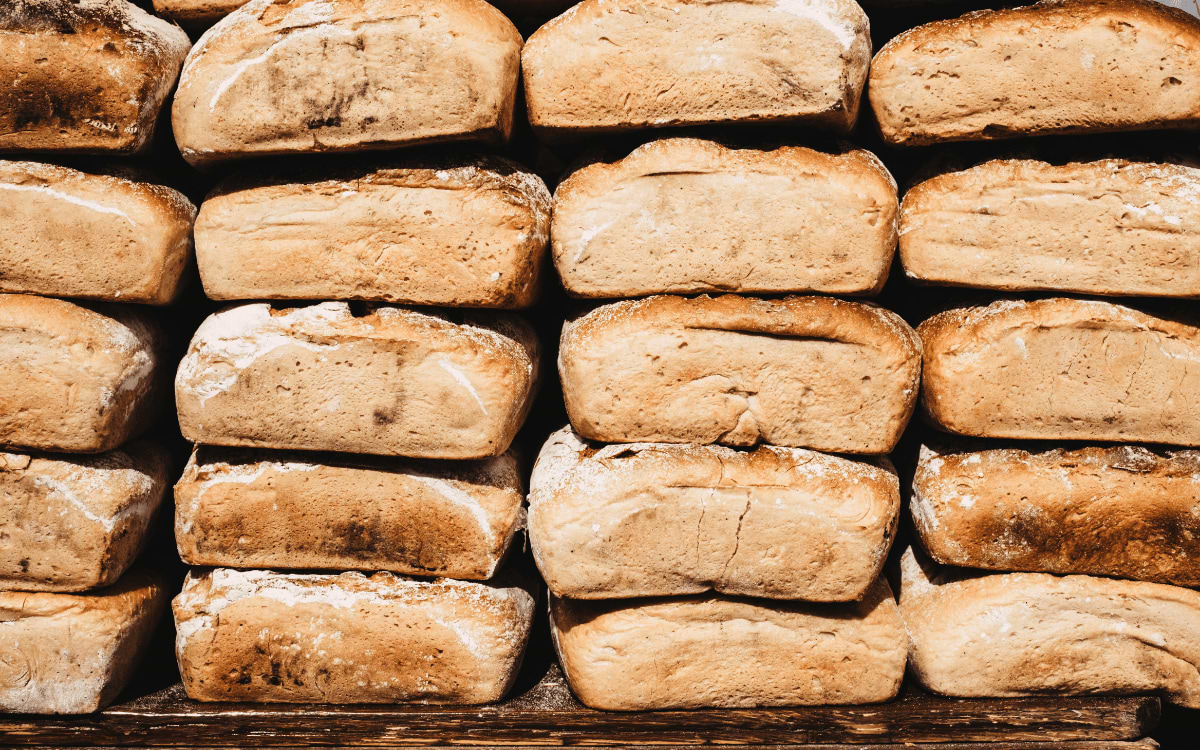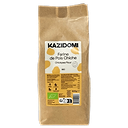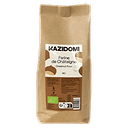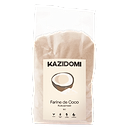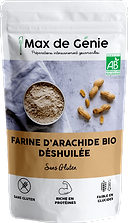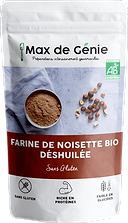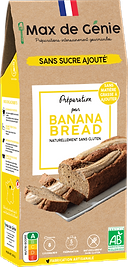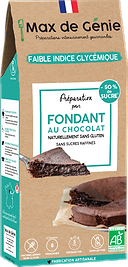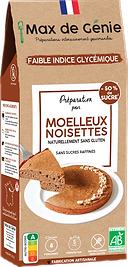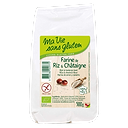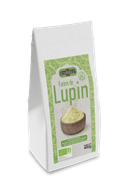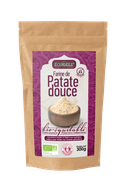Bread, cakes, crepes, sauces... Wheat flour is everywhere in our diet. But what to do when you need or want to avoid it? Whether for health reasons, gluten intolerance, or simply to diversify nutritional intake, there are today many interesting alternatives, often gluten-free and just as tasty.
In this article, discover why and how to replace wheat flour, which gluten-free flours to favor, their benefits, culinary uses, and some tips to integrate them well into both savory and sweet preparations.
Why avoid or replace wheat flour?
Wheat flour contains gluten, a protein that gives elasticity to dough and softness to breads and cakes. While gluten poses no problem for most people, it can cause digestive issues, chronic inflammation, or an autoimmune disease called celiac disease.
Beyond confirmed intolerances, some people choose to reduce gluten in their diet to lighten digestion or diversify nutrients. In this context, alternative flours, often derived from gluten-free cereals or legumes, have found their place in our kitchens.
Using alternative flours lightens recipes, avoids gluten-related digestive troubles, and above all enriches your diet. Each type of flour has its own nutritional value: some are rich in plant proteins, others in fiber, minerals, or healthy fats.
It’s also a way to discover new flavors: the sweetness of chestnut, the rusticity of buckwheat, the lightness of millet, or the softness that a rice-arrowroot or tapioca starch blend can bring.
The best gluten-free flours to know
Today there is a wide variety of naturally gluten-free flours, derived from ancient grains, legumes, or even nuts. Here are the most interesting ones, both for their nutritional values and culinary uses.
Rice Flour
Very neutral in taste, rice flour is often used as a base in gluten-free blends. It adds lightness to pastries but can be a bit dry on its own. It’s ideal for crepes, cakes, or as a complement to other flours.
Buckwheat Flour
With its rustic taste and dark color, buckwheat flour is a safe choice for savory preparations: pancakes, tart dough, or even gluten-free bread. Rich in fiber and plant proteins, it is very nourishing, protein-rich, and low glycemic index.
Quinoa Flour
Quinoa is also naturally gluten-free and provides a flour rich in complete proteins, ideal for boosting the nutritional value of vegetarian recipes. Its slightly bitter taste can be softened by other flours like rice or chestnut. It is also protein-rich and low GI.
Millet Flour
Millet is an ancient cereal, mild and easy to digest. Its flour, very fine, adds softness and lightness to cakes. It pairs well with rice flour for a good balance. Low in lectins, it is ideal for people with sensitive intestines.
Almond Flour
Almond flour is widely used in ketogenic or refined sugar-free diets because it is rich in healthy fats, fiber, and protein. It gives a delicious taste to pastries but is not always sufficient alone to make dough rise.
Coconut Flour
Coconut flour is very absorbent and should be used carefully. It’s better to follow a recipe rather than improvise with it. It has a sweet, mild flavor, perfect for desserts. It is also very rich in fiber and healthy fats.
Gluten-Free Oat Flour (Certified)
If certified gluten-free, oat flour is an excellent choice for pancakes, muffins, or savory dishes. Its texture is close to that of wheat flour, and it naturally contains soluble fibers that benefit digestion.
How to Use Them in Cooking?
Replacing wheat flour doesn't mean losing texture or pleasure. Often, simply mixing several flours helps regain the flexibility and elasticity of a classic dough.
For example:
- For a moist cake, mix rice flour, almond flour, and a bit of starch (tapioca, corn, or potato).
- For gluten-free bread, combine buckwheat, quinoa, and rice flours, adding a natural binder like psyllium.
- For savory crepes, try millet or oat flour with a bit of chickpea flour.
Preparations may vary depending on liquid absorption: some flours, like coconut, require more moisture, while others, such as rice or starch, provide binding.
In Summary
Replacing wheat flour is far from a constraint. It’s a great opportunity to diversify your diet, explore new flavors, and support digestive health. Thanks to a wide variety of gluten-free flours and products available on our e-shop, you can cook deliciously and balanced with ease.
FAQ – All About Alternatives to Wheat Flour
1. Why replace wheat flour? To limit or avoid gluten, improve digestion, or diversify your diet.
2. Does gluten-free flour rise like wheat flour? Not always. It often needs to be combined with starch or a binder like psyllium.
3. What is the best flour for gluten-free bread? A mix of rice, buckwheat, and quinoa flours works well.
4. Which flour is best for cakes? Rice, almond, millet, or coconut flours are perfect for sweet pastries.
5. Can you make crepes without wheat flour? Yes, with buckwheat, chickpea, or even chestnut flour.
6. Where to buy good gluten-free flours? At Kazidomi, we offer organic, additive-free flours from responsible sources.
7. Do gluten-free flours contain protein? Yes, some like quinoa or almond flour are especially rich in plant proteins.
8. Can flour be replaced by starch? Partly yes. Starches (tapioca, corn, potato) add binding and lightness.
9. Is oat flour gluten-free? It can be if certified. Always check the packaging.
10. Is cooking without wheat more difficult? Not at all, with the right blends and some practice, you’ll achieve great textures and excellent taste.
